Biometrics
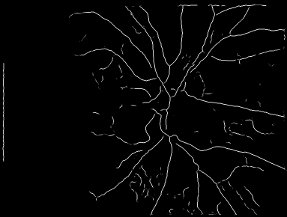
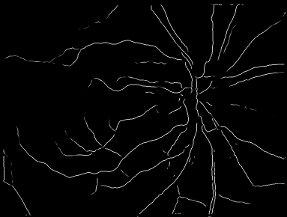
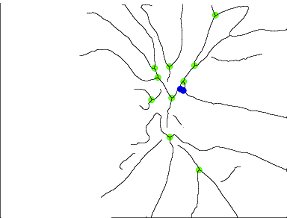
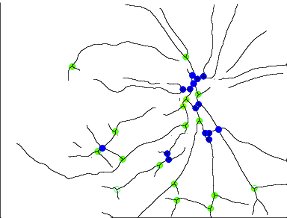
Public databases
VARIA database
The VARIA database is a set of retinal images used for authentication purposes. The database currently includes 233 images, from 139 different individuals. The images have been acquired with a TopCon non-mydriatic camera NW-100 model and are optic disc centered with a resolution of 768×584.
The database distribution includes a directory with the images and a index.txt file indicating which images are from each user.
If you are interested in using the VARIA database, please send an email to: mortega@udc.es and you will receive an authentication password to access the database. This is intended for statistical purposes only, no private data or fee is required. If you use this image set for your works, please include a reference of VARIA in it by citing the original papers where the database was introduced
- M. Ortega, M. G. Penedo, J. Rouco, N. Barreira, M. J. Carreira, «Retinal verification using a feature points based biometric pattern», EURASIP Journal on Advances in Signal Processing, vol. 2009, Article ID 235746, 13 pp., 2009.
- M. Ortega, M. G. Penedo, J. Rouco, N. Barreira, M. J. Carreira, «Personal verification based on extraction and characterization of retinal feature points», Journal of Visual Languages and Computing, 20 (2), 80-90, 2009.
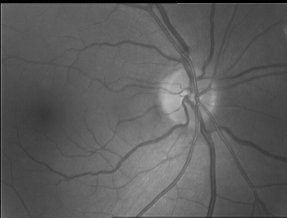
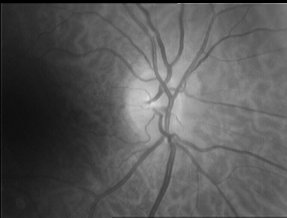
Main publications
- D. Calvo, M. Ortega, M. G. Penedo, J. Rouco, B. Remeseiro, «Characterisation of retinal feature points applied to a biometric system», International Conference on Image Analysis and Processing (ICIAP), 5716, 355-363, 2009.
- M. Ortega, M. G. Penedo, J. Rouco, N. Barreira, M. J. Carreira, «Retinal verification using a feature points based biometric pattern», EURASIP Journal on Advances in Signal Processing, vol. 2009, Article ID 235746, 13 pp., 2009.
- C. Alonso-Montes, M. Ortega, M. G. Penedo, D. L. Vilarino, «Pixel Parallel Vessel Tree Extraction for a Personal Authentication System», IEEE International Symposium on Circuits and Systems – CIRSYS, 1596-1599, Seattle (USA), 2008.
- C. Mariño, M. G. Penedo, M. Penas, M. J. Carreira, F. González, «Personal authentication using digital retinal images», Pattern Analysis and Applications, 9, 21-33, 2006.
